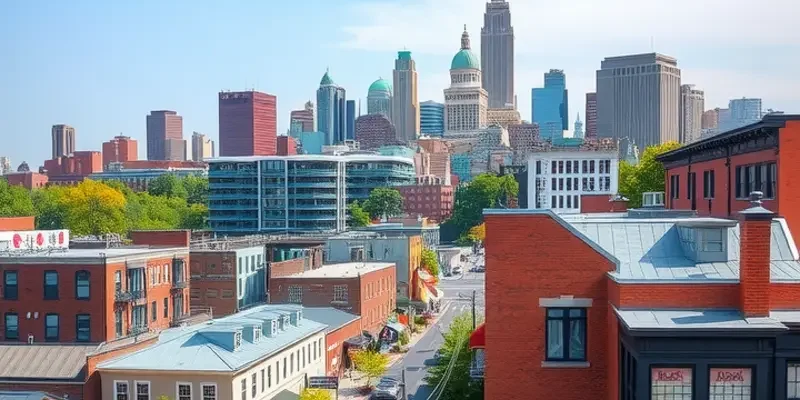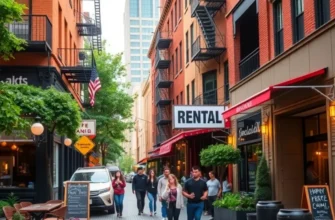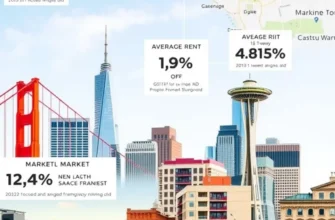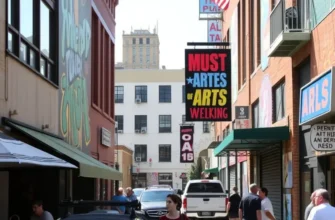Navigating a new city can be an exhilarating challenge, especially when it comes to finding the perfect home. Philadelphia, known for its rich history and vibrant neighborhoods, offers diverse rental options to meet various lifestyle needs. From bustling college towns to peaceful residential enclaves, this city accommodates everyone—from young professionals starting their careers to families seeking a community-oriented environment. Renting in Philadelphia involves understanding the local market dynamics, including average rent prices, the best neighborhoods for your needs, and practical tips on securing your dream apartment. Whether you’re moving for work, school, or a fresh start, this guide will provide essential insights to help you make informed decisions while exploring Philadelphia’s unique rental landscape.
Neighborhoods that Fit Your Lifestyle

Philadelphia is a city of contrasts, where history meets modernity and each neighborhood holds its own unique charm. Choosing where to live can be daunting, but understanding what each area offers can make your decision easier. Here’s a look at several key neighborhoods, appealing to different tastes and living preferences.
Center City is the heart of Philadelphia, bustling with activity and opportunity. It’s ideal for young professionals who want to be close to the city’s vibrant job market and enjoy an active nightlife scene. Center City boasts an array of shopping outlets, gourmet restaurants, and cultural landmarks like the Philadelphia Museum of Art and the Kimmel Center for the Performing Arts. Rental prices here can be steep, often ranging from $1,800 to $3,500 for apartments, but the convenience and vibrancy make it worth the price for many.
Moving north, Fishtown has rapidly transformed into a go-to spot for the creative and young at heart. With its vibe deeply rooted in music, art, and food culture, Fishtown is teeming with coffee shops, live music venues, and trendy eateries. This neighborhood draws young professionals who crave an edgy atmosphere without completely breaking the bank. Apartments and lofts typically range from $1,500 to $2,500, offering a bit more affordability than Center City while still providing vibrant city life.
If you’re a student or professional seeking a balance between city energy and academic enrichment, University City in West Philadelphia might be the place. Home to the University of Pennsylvania and Drexel University, the area pulses with youthful dynamism. It’s filled with coffee shops perfect for study sessions and diverse dining options from around the globe. Rental prices here range from $1,200 to $2,000, providing numerous options for students and working academics alike.
For families, seeking room to grow and a serene environment, Chestnut Hill presents an appealing option. Known for its lush, tree-lined streets and spacious parks, this neighborhood offers a peaceful retreat from urban noise. Good schools, such as Springside Chestnut Hill Academy, make this area particularly attractive to families. While rental prices here can start around $1,600 for homes with more space, the trade-off is access to a family-friendly atmosphere and abundant greenery.
Finally, East Passyunk reflects a harmonious blend of quaint charm and burgeoning development, appealing to both families and young professionals. Its landscape is marked by vibrant murals and locally owned boutiques. Here, you can experience the best of Philadelphia’s renowned food scene, including award-winning Italian restaurants. Apartments tend to be slightly cheaper, ranging from $1,300 to $2,200, making it an affordable destination with a welcoming community vibe.
No matter your lifestyle or budget, Philadelphia offers a neighborhood that matches your needs. From the energetic streets of Center City to the tranquil parks of Chestnut Hill, each district provides its own slice of life. As you explore your options, consider what neighborhood amenities resonate with your daily routine. If you’re looking to balance city vigor with transformational living, choosing the right neighborhood is crucial. For additional insights on creating a harmonious living space that suits your lifestyle, consider checking out roommate conflict management tips.
Rental Market Essentials: What You Need to Know
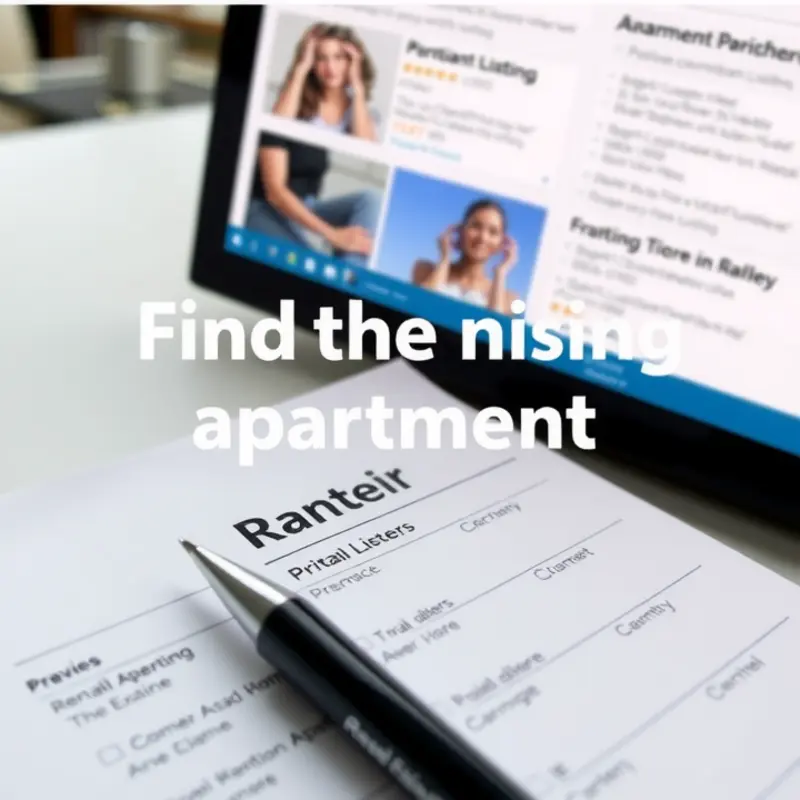
Philadelphia’s rental market is as diverse as the city itself, encompassing a variety of neighborhoods and housing styles. Whether you’re a young professional, a family, or a student, understanding the key elements of the rental process can make your move smoother. Let’s delve into the essentials of renting in this vibrant city.
First, consider the average rental prices that you might encounter across Philadelphia. Renters can expect to pay approximately $1,500 to $2,200 per month for a one-bedroom apartment, depending on the neighborhood. Areas like Center City and Old City tend to be pricier, while options in West Philadelphia or parts of South Philly might be more budget-friendly.
When it comes to securing a lease, negotiation is an indispensable skill. Start by researching the average prices and occupancy rates in your desired area to gain leverage. Landlords are more amenable to negotiations if their properties have been vacant for a while. Consider asking for free amenities, such as gym memberships or parking privileges, if the rent seems non-negotiable.
Finding the right property can be overwhelming, but utilizing the right resources is key. Online rental platforms, local real estate agents, and community bulletin boards are valuable for finding listings that suit your needs. For a comprehensive apartment viewing experience, consider using this Apartment Viewing Checklist to ensure you cover all necessary aspects during your search.
The application process typically involves completing an application form, providing references, and undergoing a credit check. Since credit is a common hurdle, it might be beneficial to review basic Credit Repair Tips for Renters to improve your chances if needed. Be prepared to pay an application fee, which usually ranges from $25 to $75.
Common fees associated with renting can include security deposits, broker fees, and sometimes a last month’s rent in advance. Ensure you allocate funds for these to avoid last-minute financial strain. It’s crucial to carefully review your lease agreement and understand all conditions and obligations to safeguard your interests. Scrutinize clauses related to property maintenance, subletting, and early termination.
Market trends also significantly impact renters in Philadelphia. In recent years, Philadelphia has seen a steady increase in demand for rental properties, driven by a growing population and an influx of young professionals. This trend can make the market competitive, highlighting the need to act decisively when you find a desirable property.
By understanding these essentials, you can navigate Philadelphia’s rental market with confidence, securing a home that meets your needs and budget. Avoid rushing into agreements and take the time to understand your lease, ensuring your upcoming move aligns with both your housing needs and financial capabilities.
Final words
Finding the right rental in Philadelphia is not just about location and price; it’s about aligning your lifestyle with the community. Understanding the local rental market and what each neighborhood offers can ensure a smooth transition to your new home. Remember to take your time, research extensively, and consider your immediate needs as well as your long-term goals. Philadelphia is a city full of opportunities and vibrant life waiting for you to explore, making it an exciting choice for your next chapter.

